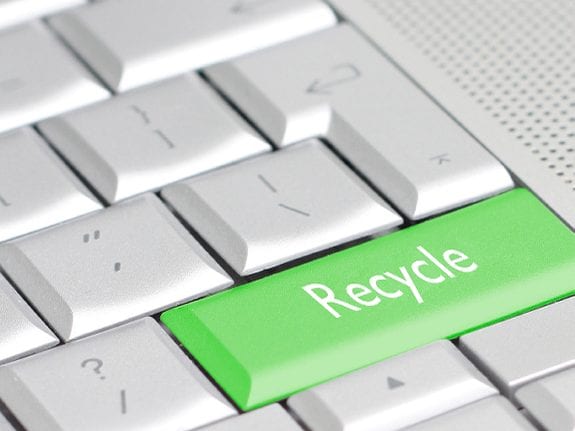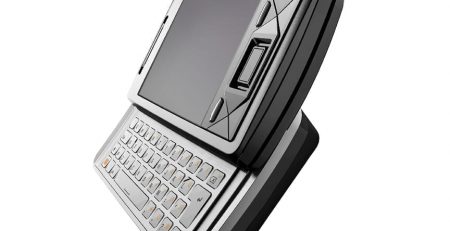Electronics Recycling
Electronics waste – commonly referred to as “e-scrap” or “e-waste” – refers to electronic equipment that is at or near the end of its useful life. While there is no clear definition for e-waste, computers, televisions, VCRs, stereos, and cell phones are all commonly recycled electronic products.
After the Electronic Waste Recycling Act of 2003 was passed in California, “certain portions of the electronic waste stream are defined and the systems to recover and recycle them will be administratively regulated beyond the universal waste rules the apply to material handling,” according to CalRecycle. In New York, starting in 2015, the state banned the disposal of unwanted electronics anywhere other than designated stores and drop-off locations to be recycled. Otherwise, they’d be fined $100.
According to a UN study, in 2014 41.8 million tons of electronic waste was discarded worldwide, and only 10-40% of the disposal was done properly. Electronics recycling is the act of recovering the valuable materials that these electronics are made of. Copper, tin, iron, aluminum, fossil fuels, titanium, gold, and silver are some of the common materials used when making these items. Electronics recycling keeps these highly valuable materials out of the landfill. The same is true of lab equipment, though special considerations must be made for scientific instrumentation. Proper decontamination, removal of harmful elements for special handling, but also scrapping components to be used for repair of other machines, a lot of new life can come from recycling electronic instruments.














